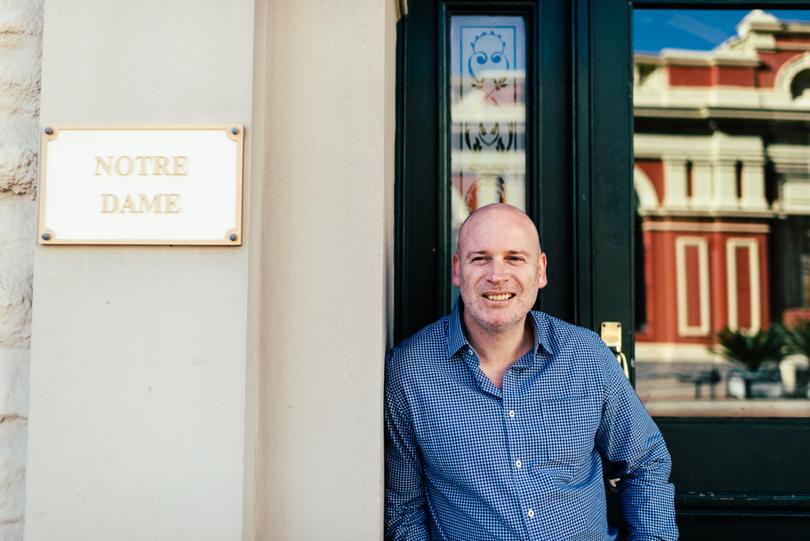Centrist votes key to Labor’s re-election as moderates desert Coalition on the right experts say

As Labor begins its second term in government with an increased majority, it can thank voters sticking to the political centre for its success.
Despite polls looking grim just months out from the May 3 election, voters ultimately gave the incumbent government their vote at the expense of the Coalition.
Labor increased its primary vote by 2.1 per cent and its number of seats in the lower house by more than 15.
Sign up to The Nightly's newsletters.
Get the first look at the digital newspaper, curated daily stories and breaking headlines delivered to your inbox.
By continuing you agree to our Terms and Privacy Policy.It was the first time a first-term incumbent government has ever achieved a positive primary swing.
Voters widely rejected the Coalition, which failed to reconcile its poor representation of women in the party and at the same time had a leader who struggled to shrug off comparisons to divisive US President Donald Trump.
Come May, the opposition lost 3.4 per cent of its primary vote in an election they were expected to win just a few months ago.

According to political analyst Professor Martin Drum, Labor’s election triumph showed winning from the centre still mattered in Australian politics.
“I think it’s true to say that the Albanese government is governed from the centre. That’s very evident,” Professor Drum said.
“I think that’s in Albanese’s DNA … even though he might have come out, if you go back a long way… as sort of a radical left. I don’t actually think that’s been a current defining figure of his politics.”
He said that unlike in the United States where voting isn’t compulsory and parties can win by simply mobilising their base, Australia’s system requires broader appeal across the electorate.
“Our parties do win from the centre. I think the Liberals in particular, lost the centre,” Professor Drum said.
“And in Australia we have compulsory voting and preferential voting. Both of those help with parties emanating from the centre.”
Though the Prime Minister has faced criticism from the left — particularly over environmental inaction, such as shelving controversial reforms and shifting focus from the rejected Voice referendum to cost-of-living issues — his centrist approach has resonated broadly with voters.
The Albanese Government implemented centrist policies such as modified tax cuts, modest climate action, a strong defence posture with AUKUS and housing reforms that balance economic need with social progress.

John Curtin Institute of Public Policy professor John Phillimore said Labor were the only major party to occupy the centre space of Australian politics at the moment.
“Labor has been helped a bit by the Greens and the Greens is, if you like, the one party that occupies the left space in Australian politics and so therefore Labor is to the right of the Greens and is occupying that big middle space,” he said.
“The Liberal and National parties have allowed them to do that to some extent by vacating that centre right space and have moved to the right partly because there’s more competition for them now on the right.”
The assessments of the Coalition’s strategy have also been brutal from within the party with blame being put on pollsters and strategists.
Aside from the major parties there was little movement for the minor parties’ primary votes.
The Greens lost 0.5 per cent of its primary vote but are set to lose three lower house seats despite holding steady in the Senate.
Professor Phillimore said while the Greens had a disappointing election in the lower house, it was a return to the status quo.
“Australian politics in that sense has moved to the left but the Greens have have moved back to where they had traditionally been, which is a Senate based party where they will still have quite a lot of influence,” he said.
“It’s a fairly sobering election for them because I think they thought they were breaking out into the lower house seats and they’ve now been brought back to Earth.
“They just can’t get across in most of those seats where they are popular, they’re not so popular that they’re going to get 50% of the vote.”
One Nation did gain slightly with 6.3 per cent of the vote but performed under the expectation of some polls in the lead up to the campaign.
Parties on the fringes also didn’t fair much better either with Clive Palmer’s Trumpet of Patriots party only garnering 1.9 per cent of the vote, more than two per cent less than the previous election when it was under the banner of the United Australia Party.
